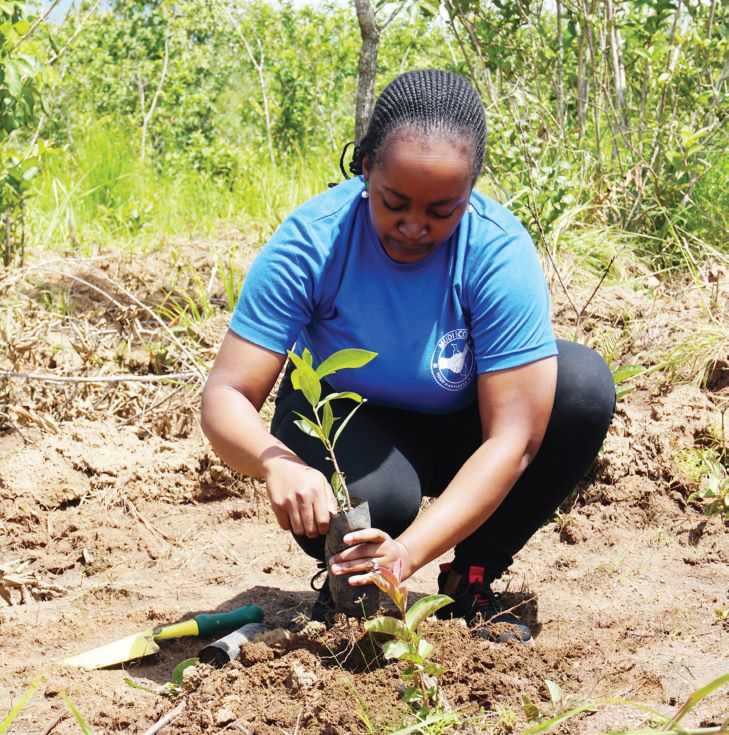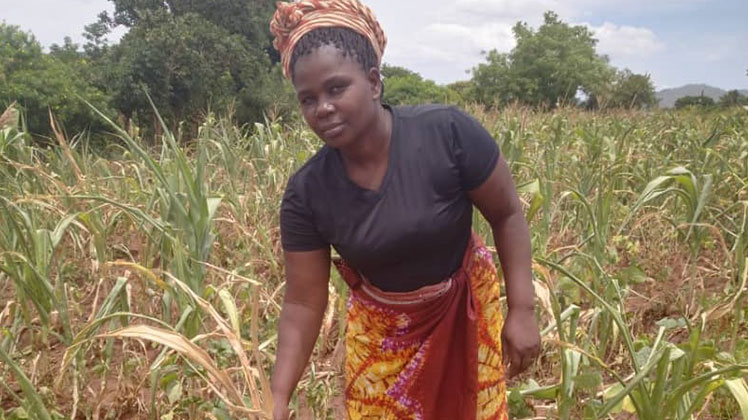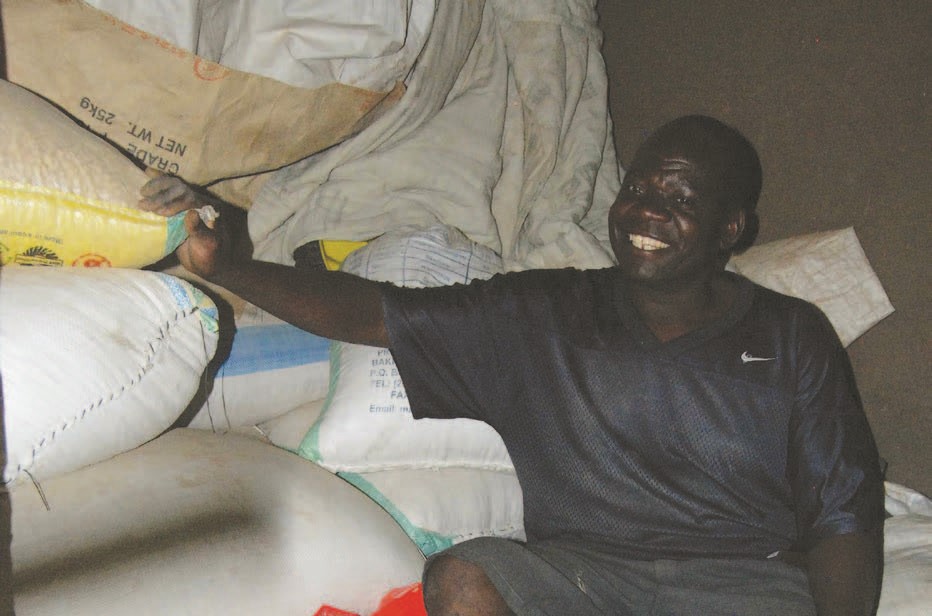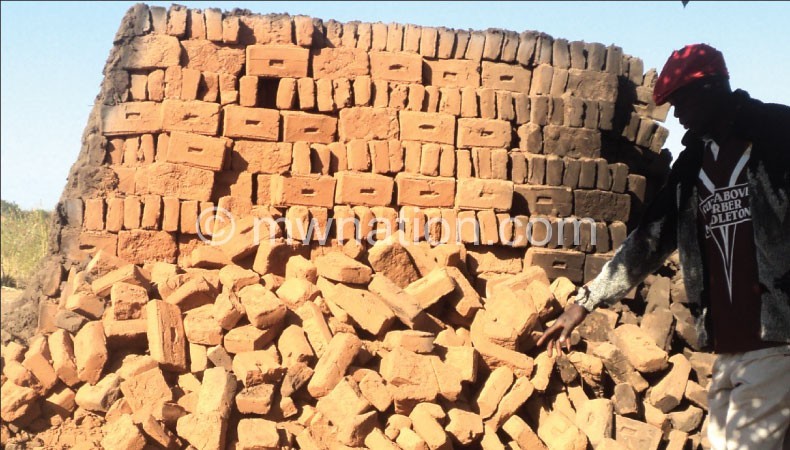Sacco greens Mudi Dam catchment
Mudi Savings and Credit Cooperative (Sacco) Limitedon Saturday planted 300 trees around Mudi Dam in Blantyre.
The cooperative has been planting trees in the dam’s endangered catchment area for three years running.
Speaking in an interview after the exercise, Mudi Sacco marketing officer Frank Zilambalala said the member-driven financial institution considers the Mudi Dam catchment area as its neighbour.

The Sacco was named after the Mudi River, which runs through Blantyre City, where the Sacco drew most of its membership before spreading its branches to Lilongwe, Mzuzu, Zomba, Mangochi, Chikwawa and Nsanje.
“It’s a tradition that every year after holding our annual general meeting, we plant trees at the Mudi Dam Catchment Area. The place is within our area of operation and in doing so we feel like we are saving a neighbour,” Zilambalala said.
During its annual decisive meeting last weekend, the Sacco declared a K184 million surplus.
Delegates also resolved to keep monitoring and caring for the trees planted.
About 75 percent of the trees planted last year survived, according to Zilambalala. However, Sacco members said they want to achieve a higher success rate.
“We will be coming to take care of the trees instead of just leaving the responsibility in the hands of Blantyre Water Board, which owns the dam,” he said.
Speaking during a similar activity last year, Blantyre Water Board (BWB) laboratory technician Precious Puzani said the catchment protection and restoration helps control the siltation in Mudi Dam, reducing the cost of purifying the water for a tenth of the city’s population.
“Cultivation in the catchment area resulted in siltation in the Mudi Dam. This affected the quantity and quality of the water,” he said.
The Mudi Dam supplies about 10 percent of the water to Blantyre City.
Between 2010 and 2015, BWB wrestled back the catchment area from encroachers who engaged in various activities, including farming and brick production from the mid-1990s.
The board and its partners have since been planting trees to restore the greenery in the catchment area.
However, neglect and summer fires limit the survival of some trees as most people just plant and leave the seedlings without any care or firebreaks.





